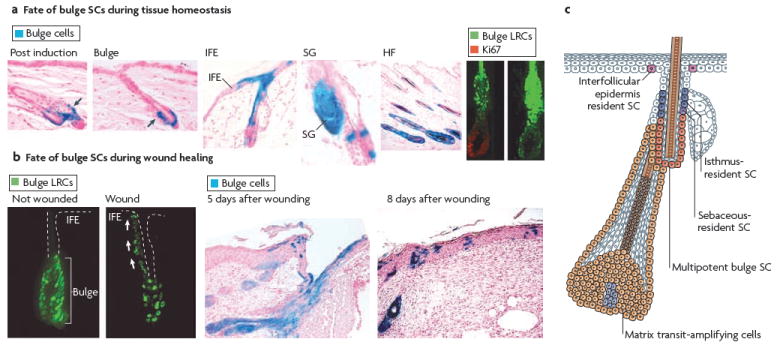Figure 2. Different SC niches ensure epidermal homeostasis.

a During telogen, bulge stem cells (SCs) are specifically marked by β-galactosidase (LacZ; blue) by inducing the activity of an inducible Cre recombinase expressed under the control of a bulge promoter. When hair follicles (HFs) undergo cycling, all cells of newly formed HFs are marked, demonstrating that bulge SCs fuel normal follicle homeostasis. Bulge SCs can also contribute to the formation of interfollicular epidermis (IFE) and sebaceous glands (SGs), although this phenomenon is rare and, in most cases, IFE cells are not derived from bulge cells48. This demonstrates that the IFE can be maintained independently of bulge SCs during tissue homeostasis. The bulge SCs, which are shown as green histone H2B–green fluorescent protein-labelled retaining cells (LRCs), exit the SC niche and actively proliferate (as shown here by Ki67 immunoreactivity) to provide cells that initiate HF regeneration41. b Following wounding, the bulge SCs41,49 become activated and migrate upward to repair the IFE. c Schematic representation of the skin epidermis with the different resident SC compartments and transit-amplifying progeny identified. Bulge SCs are multipotent, residing in the permanent portion of the HF. IFE SCs reside in the basal layer of the epidermis. Resident progenitors of the isthmus and SG reside in the outer root sheath that is above the bulge and below the SG. It is not clear whether these two resident progenitors are equivalent. Figure part a is reproduced, with permission, from REF. 41 © (2004) American Association for the Advancement of Science, and from Nature Biotechnology REF. 48 © (2004) Macmillan Publishers Ltd. All rights reserved. Figure part b, is reproduced, with permission, from REF. 41 © (2004) American Association for the Advancement of Science, and from Nature Medicine REF. 49 © (2005) Macmillan Publishers Ltd. All rights reserved.
